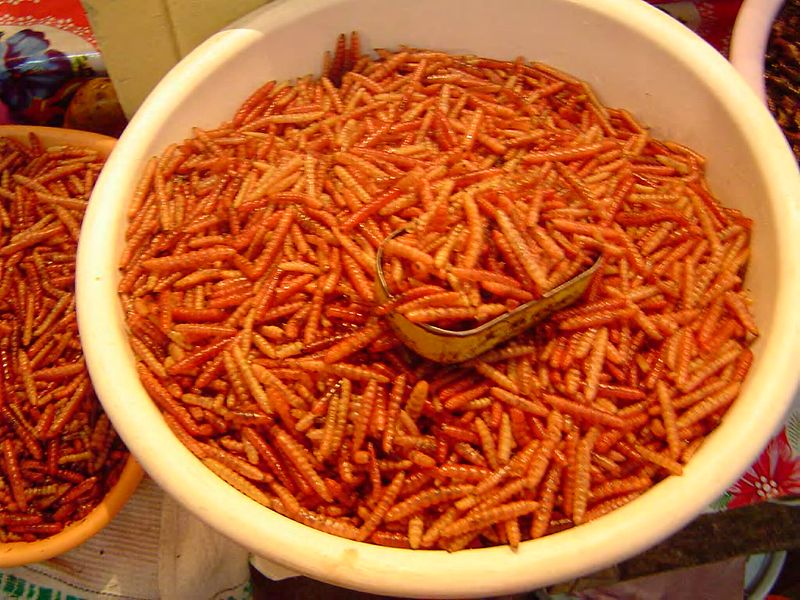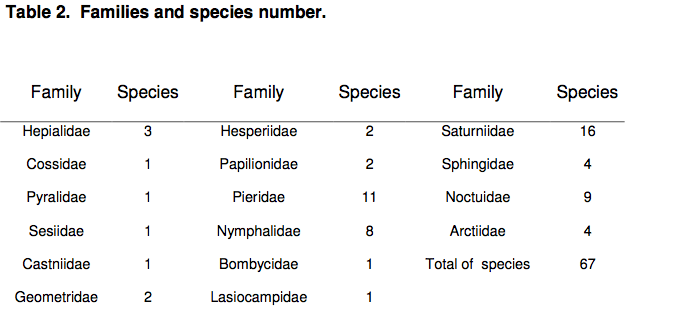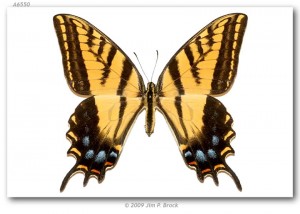![]() Sempre o souben en moitos lugares do mundo, especialmente fóra dos camiños batidos, eirugas de avelaíñas e bolboretas están no menú. Desde África para Australia hai decenas de especies que poden ter un sabor suficientemente bo para ser razoablemente comestibles ou mesmo deliciosas. Pero aquí nos Estados Unidos os insectos raramente chegan ás nosas mesas (polo menos non que saibamos) – pero ocasionalmente nas nosas botellas. Estou seguro de que moitos de vós viron o verme no fondo da botella de tequila: que en realidade é a eiruga da polilla cósida Hypotpa agavis. Incluso escoitei informes de que traballadores mexicanos migrantes desenterraban plantas nativas na hora do xantar para merendar as grandes larvas rosadas dunha polilla relacionada.; probablemente no xénero comedia. A pesar dos meus coñecementos previos, Sorprendeume un pouco un artigo recente sobre a enorme diversidade de lepidópteros utilizados como fontes de alimento básico en todo México..
Sempre o souben en moitos lugares do mundo, especialmente fóra dos camiños batidos, eirugas de avelaíñas e bolboretas están no menú. Desde África para Australia hai decenas de especies que poden ter un sabor suficientemente bo para ser razoablemente comestibles ou mesmo deliciosas. Pero aquí nos Estados Unidos os insectos raramente chegan ás nosas mesas (polo menos non que saibamos) – pero ocasionalmente nas nosas botellas. Estou seguro de que moitos de vós viron o verme no fondo da botella de tequila: que en realidade é a eiruga da polilla cósida Hypotpa agavis. Incluso escoitei informes de que traballadores mexicanos migrantes desenterraban plantas nativas na hora do xantar para merendar as grandes larvas rosadas dunha polilla relacionada.; probablemente no xénero comedia. A pesar dos meus coñecementos previos, Sorprendeume un pouco un artigo recente sobre a enorme diversidade de lepidópteros utilizados como fontes de alimento básico en todo México..
(da Wikipedia)
This study recently published in the Journal of Ethnobiology outlines a total of 67 especies regularly utilized by indigenous populations of Mexico. 67! Even more stunning is the occasional use of adults and even what I would consider as noxious species. When comparing similar studies this is the largest and most comprehensive of its kind and involved first hand field research. Previous authors cited have only done limited field work or relied strictly on bibliographic work, limiting their results. Só 17 of the 31 Mexican states were covered, leaving many areas still unexplored but likely to further increase the number of edible Lepidoptera. Most importantly you can infer from these results that world wide consumption of Lepidoptera is greatly under reported. It doesn’t come as too surprising however since large juicy caterpillars are protein rich and easily harvested. Some even come in a a ready made pouch. (As an aside, these social lepidoptera are very interesting and form canvass like tents that are nearly impenetrable).
I wish there was an accompanying cookbook and more lengthy descriptions of how these caterpillars are prepared. They do mention that the two most common methods are a simple pan fry or boiled in salted water. I would imagine that some animals require a special technique, or at the very least chased with something better tasting. But like all foods, some have risen to the level of delicacy. O “white agave worm” (Comadia redtenbacheri) is canned and exported to the US, selling for $250 per kilo or $50 a can!
The authors note that seven of the sixty seven are surprisingly eaten as adults; including the Monarch butterfly which is famously noxious. How these are palatable is beyond me, but no mention is given as to how or why they are prepared. Also eaten as an adult is the multi-tailed swallowtail (abaixo, dende Bolboretas da América). I see these in the field all the time in Arizona so maybe I’ll have to grab one for a snack… But watch out for the caterpillars because they are reported to “make the heart stop”.
Another surprising find is the use of Hemileuca e Hylesia caterpillars. These stout Saturniidae are covered in dense urticating hairs or spines that can cause horrible rashes (somewhat graphic image). How are these prepared? The spines of Hemileuca are tough and not simply hairs that can be brushed or burned off, and the hairs of Hylesia are reported to cause contact dermatitis!
I’m a pretty adventurous eater and I wouldn’t say no to most of these leps. Caramba, if you put it on a taco I’d be done before you could tell me what was in it. But this study is important in the understanding of the utility and importance of Lepidoptera and insects in the daily lives of cultures. Preservation of diversity doesn’t just help keep pretty butterflies in the air, but meals on the table.
Referencias
ILLGNER, P., & NEL, E. (2000). The Geography of Edible Insects in Sub-Saharan Africa: a study of the Mopane Caterpillar The Geographical Journal, 166 (4), 336-351 DOI: 10.1111/j.1475-4959.2000.tb00035.x
Ramos-Elorduy J, Moreno JM, Vazquez AI, Landero I, Oliva-Rivera H, & Camacho VH (2011). Edible Lepidoptera in Mexico: Geographic distribution, ethnicity, economic and nutritional importance for rural people. Journal of ethnobiology and ethnomedicine, 7 (1) PMID: 21211040




Not only a cookbook, but a guide to finding, identifying them and understanding their place in the local ecosystem, colleita, and pre-prep would be useful.
Control pest species and feed people! I’d try it.
Insects are the Food of the Future, Dutch Scientists Arnold van Huis say http://bit.ly/hhagMJ
I have several articles on entomophagy in Zambia, Southern Africa, that I can contribute to your Webpage if you are interested.
Prof. Keith J. Mbata
Department of Biological Sciences
P.O. Box 2379
Lusaka
ZAMBIA
[…] This post was mentioned on Twitter by Erik van Erne, Agrarisch Nieuws, Flipboard Science, sciseekfeed, The Gam and others. The Gam said: Entomofagia: mariposas para a cea http://goo.gl/fb/zCpNG […]
[…] vegetables in your diet, but what about insects? Chris Grinter of The Skeptical Moth reports on the widespread consumption of butterflies and caterpillars in Mexico, providing readers with a look at some unique cultural culinary […]